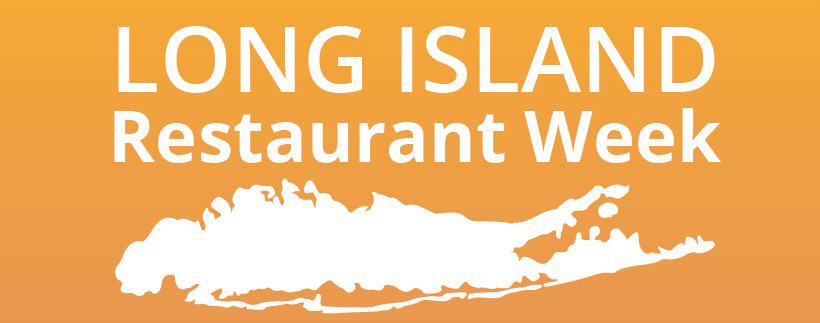Property Tax Delay A Relief For Many

Suffolk County has been working for weeks to identify a temporary tax relief solution for homeowners reeling from the COVID-19 crisis. On Monday, Executive Steve Bellone announced he heard from the Federal Reserve in Washington that the county can obtain short-term borrowing in the midst of the pandemic.
First, Suffolk identified its goal of getting access to the new program that was created as part of the federal relief bill.
That program is the Coronavirus Aid, Relief, and Economic Security (CARES) Act.
“We identified the municipal liquidity facility the solution,” the executive said. “And what that would do is give us the ability to do short-term borrowing to deal with the significant loss of revenue and the cashflow problems that resulted in that. It’s impacting us particularly as we try to provide temporary property tax relief.
That’s because as a result of the Suffolk County Tax Act, it does not receive any of the property taxes residents pay to towns in December and January until the end of June.
He sent a letter to the U.S. Secretary of the Treasury, Steven Mnuchin, asking to have that guidance adjusted. He has also been working closely with Congressman Lee Zeldin, who also sent a letter, got in contact with the secretary, and arranged a phone call.
“It allows early access,” Bellone said, which allows the town to expand property tax forbearance options.
“Mortgage relief is needed during this pandemic,” he said. “Property taxes are still a significant portion of the monthly payment for many homeowners on Long Island.”
Asked whether he was considering a rent freeze, as New York approaches the May 1 due date for most payments, and the possible extension of mortgage payments so homeowners aren’t hit with a bigger expense once the current moratorium expires, New York Governor Andrew Cuomo said: “We’re looking at that right now. We’re looking at all options.”
The governor declared a 90-day relief period beginning March 19, waiving mortgage payments based on financial hardship for people not working or working part-time as a result of his executive stay-at-home order for nonessential workers.
Attorney General Letitia James said April 24 she wrote to 35 major New York mortgage suppliers asking for a three-month forbearance to prevent foreclosure if a mortgage payment is missed. This would allow homeowners to renew the leniency up to a year if the financial hardship is related to COVID-19. James also asked any associated late fees be waived.
Will School Close?
Cuomo said he will likely decide this week whether to keep schools closed for the remainder of the school year.
The state continues to see progress with the decline in hospitalizations of those infected with COVID-19 — it has for two straight weeks — but Cuomo said it’s troubling that well over 1000 people are newly-hospitalized with the novel coronavirus daily, and that 1200 to 1300 New Yorkers continue to get infected every day.
For the first time this month, Cuomo reported Sunday, April 26, that New York’s daily death toll from COVID-19 dropped below 400. Statewide, he said there were 367 deaths — less than half of where the number was at the height of the outbreak —including 349 in hospitals and 18 in nursing homes. This is a continued decline from 422 on Friday and 438 on Thursday. As of Monday, 17,303 people have died.
“It’s dropping somewhat,” Cuomo said. “But it’s still devastating news.”
The Long Island Rail Road announced April 24 the first employee with a COVID-19-related death, station appearance maintainer James Houlihan.
On April 23, Corning Tower at Empire State Plaza in Albany was lit “New York Tough” in honor of the health care professionals and essential workers at the front lines of the COVID-19 pandemic.
“Health care professionals and essential workers are the ones on the frontlines every day carrying us through this crisis,” Cuomo said. “New Yorkers owe their lives to these true heroes who define what it means to be ‘New York Tough,’ and remind us that even if it is a long day, love wins, always.”
Reopening Upstate
On April 27 Cuomo said that parts of New York, primarily upstate, will most likely reopen, ending his PAUSE executive stay-at-home order after May 15 in those areas.
Although not good news for Suffolk County, it is an indication novel coronavirus numbers are dropping to the point where a return to normalcy is being discussed.
Downstate statistics, though on the decline, are still too high to consider lifting the governor’s mandate.
Long Island is more “problematic,” Cuomo said. “We’re going to reopen in phases.”
Phase one involves opening construction and manufacturing activities, and those businesses that have a low risk.
desiree@indyeastend.com




